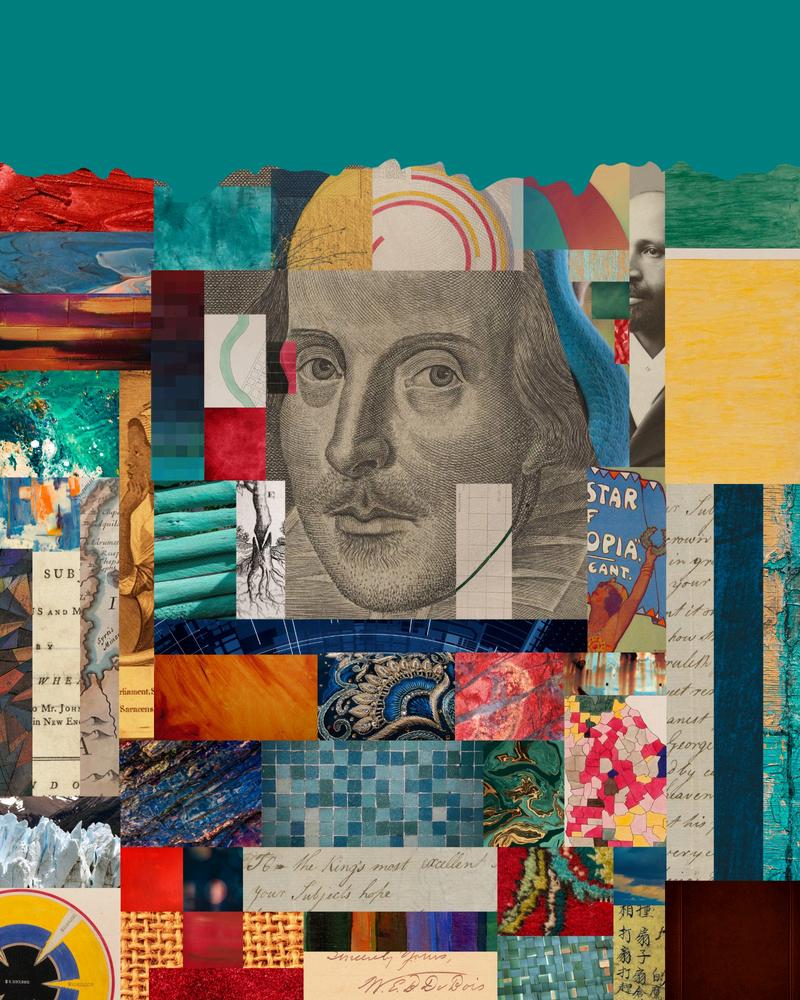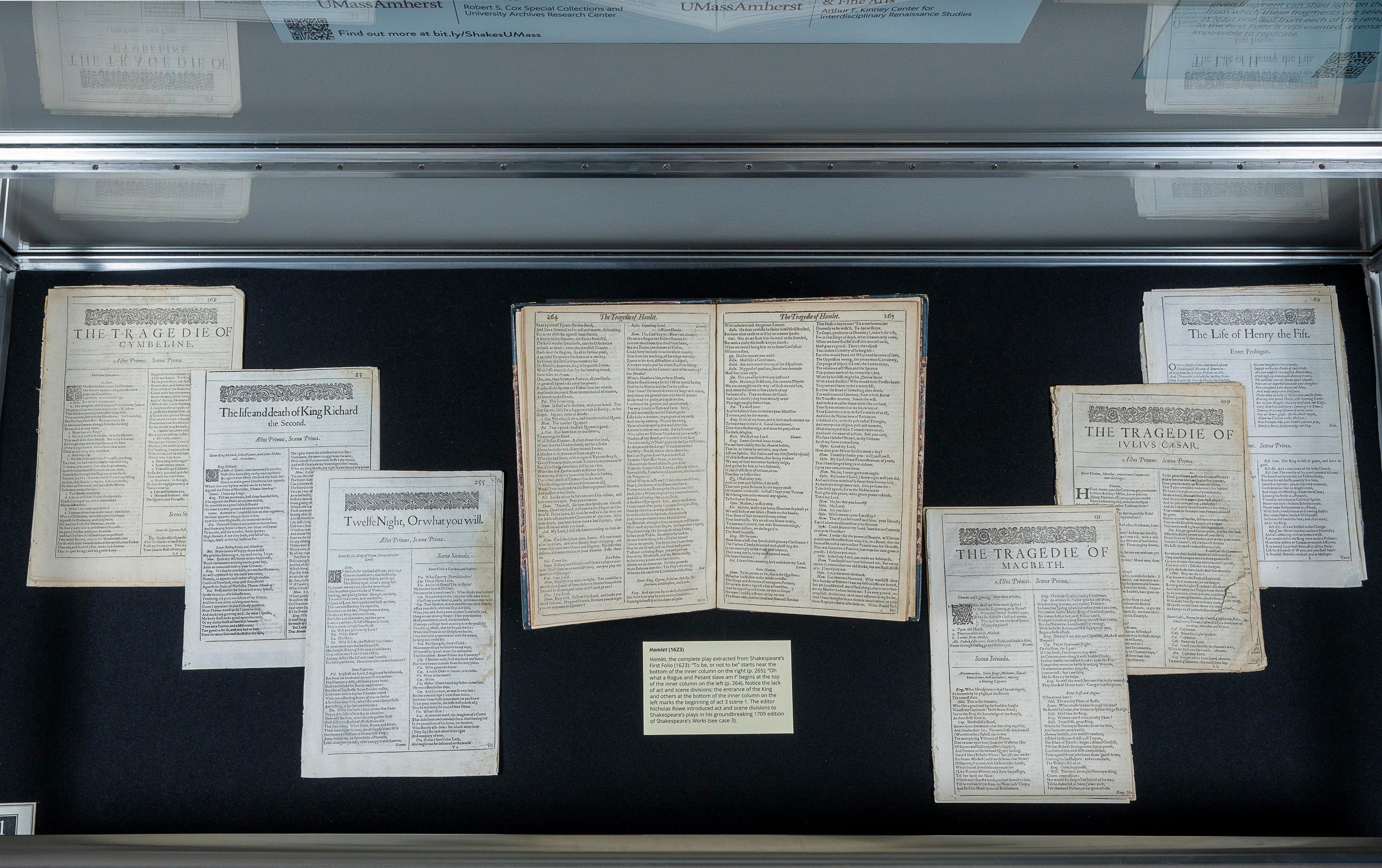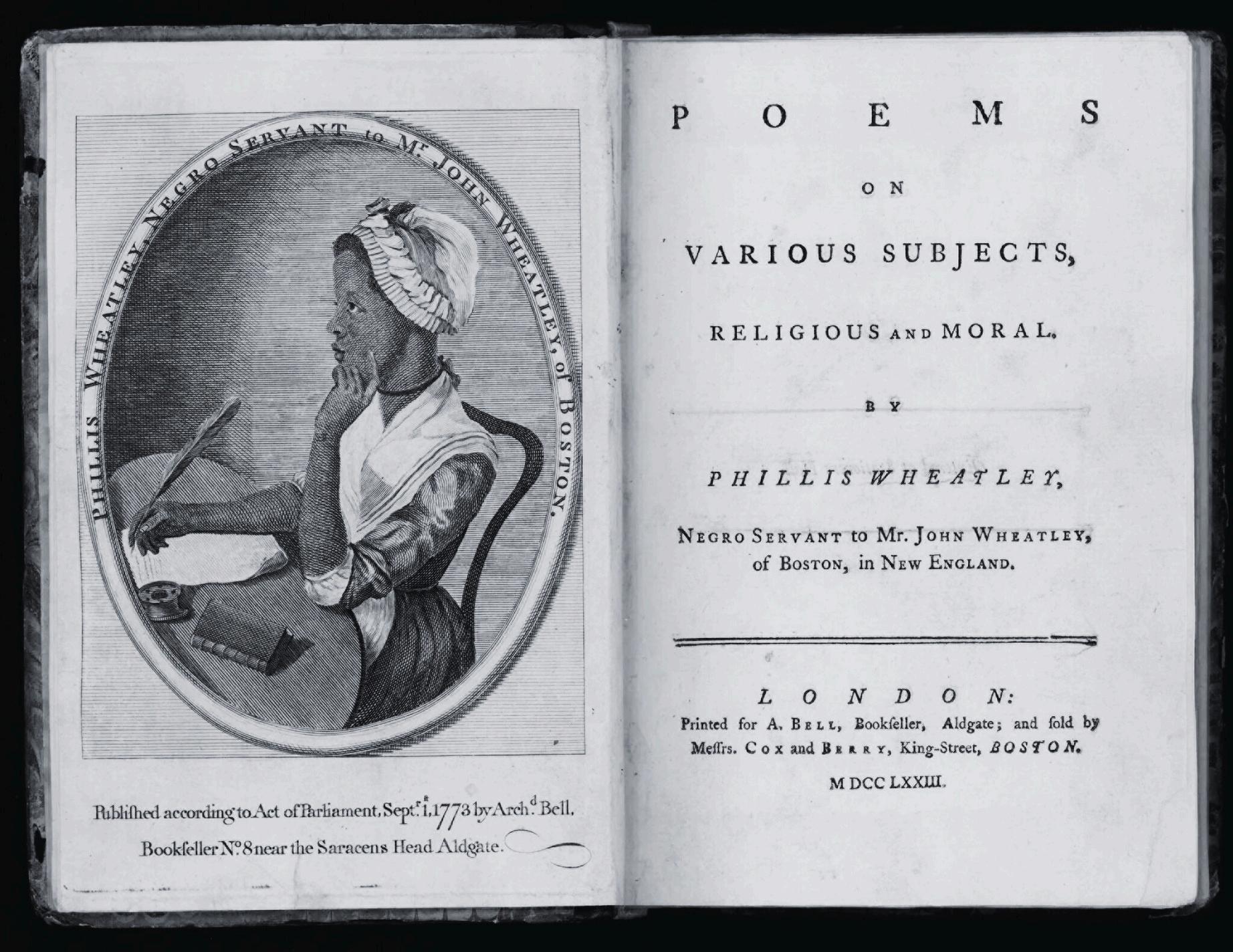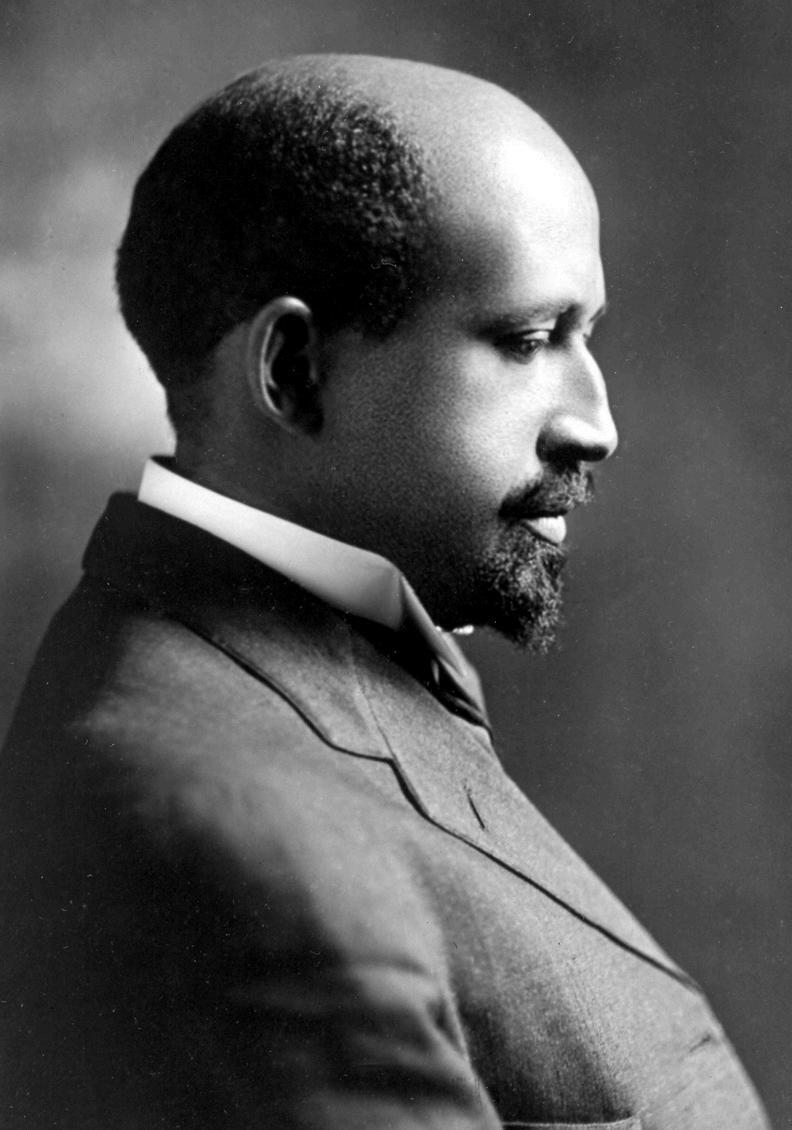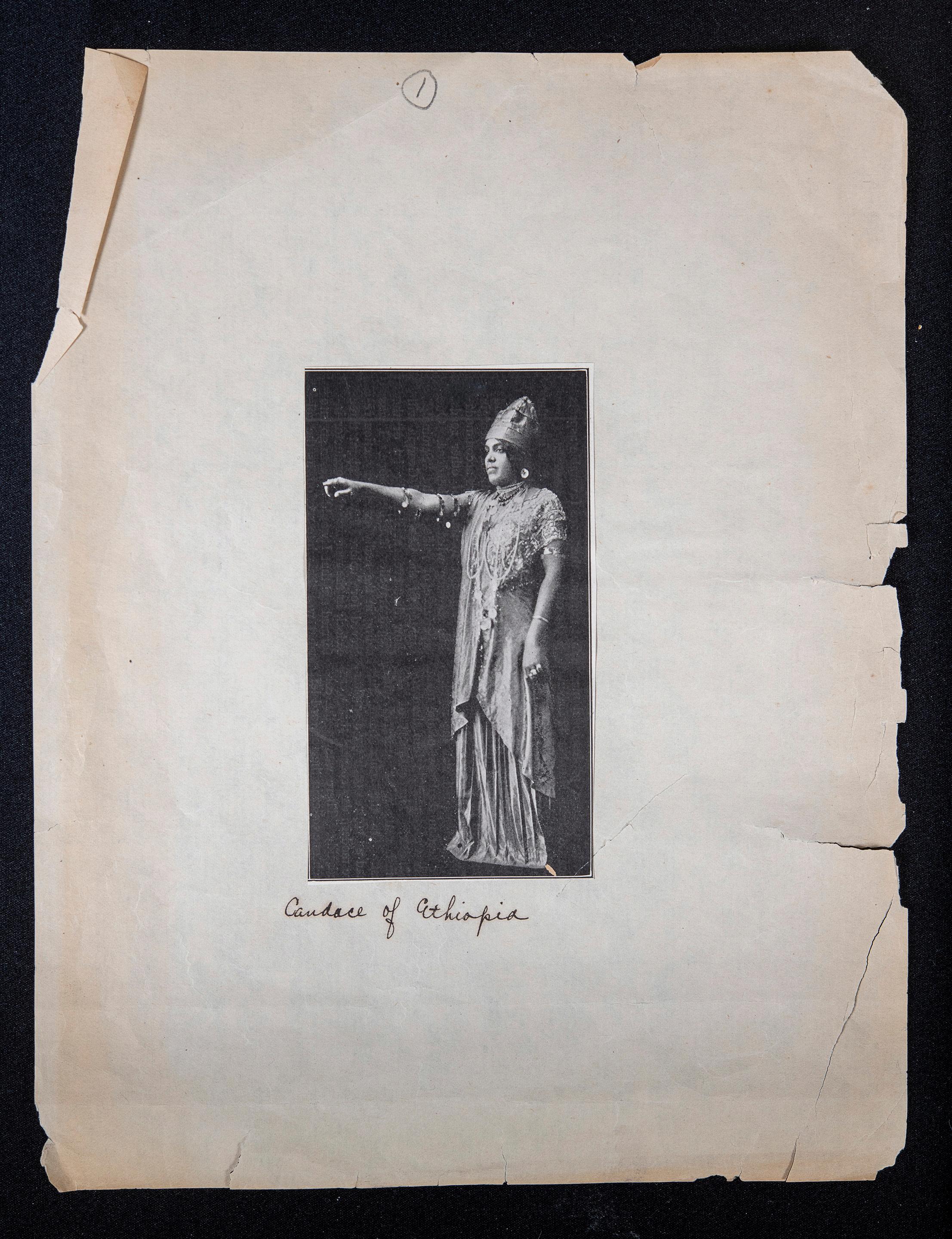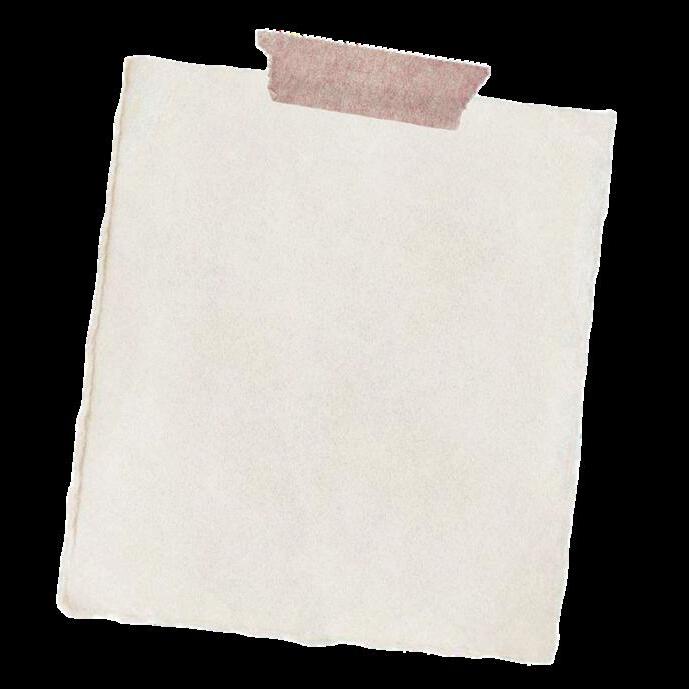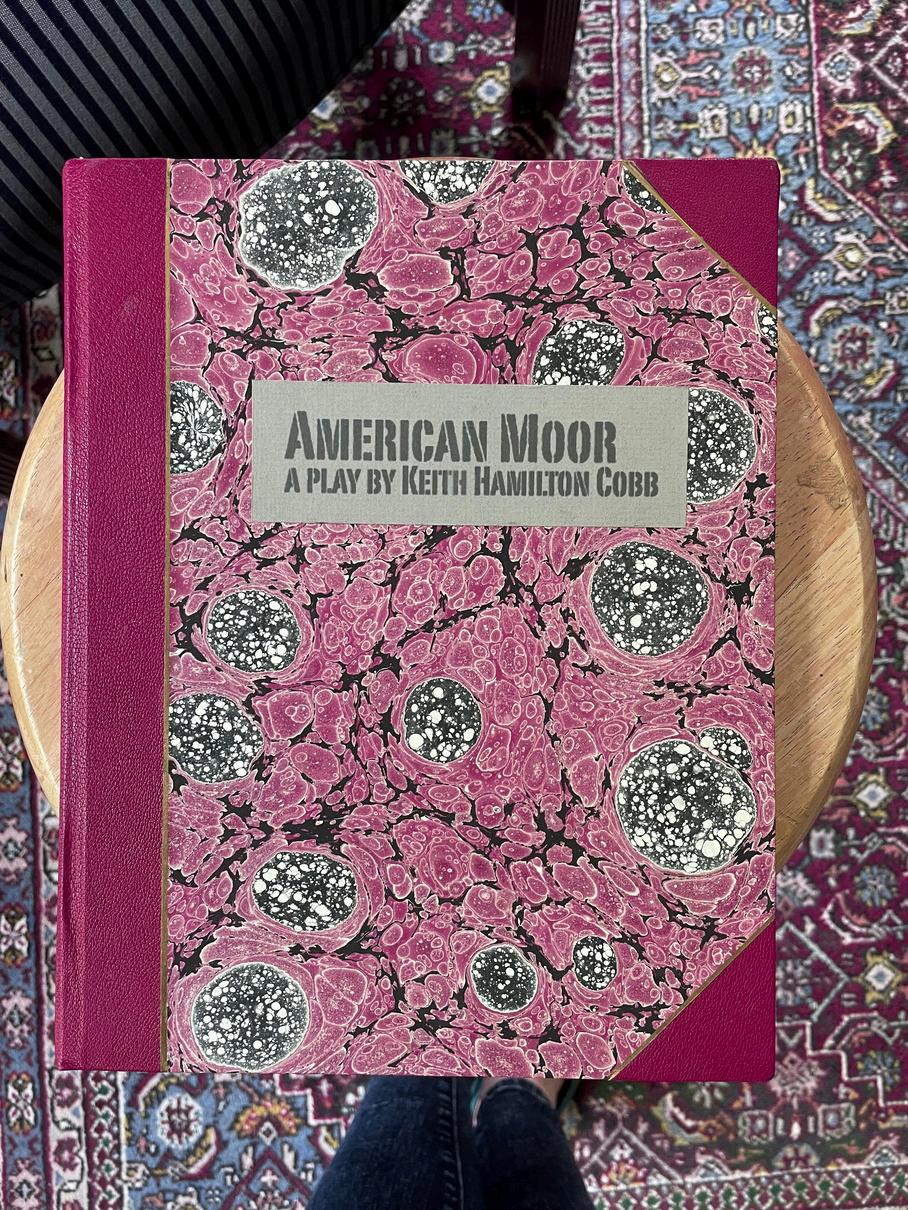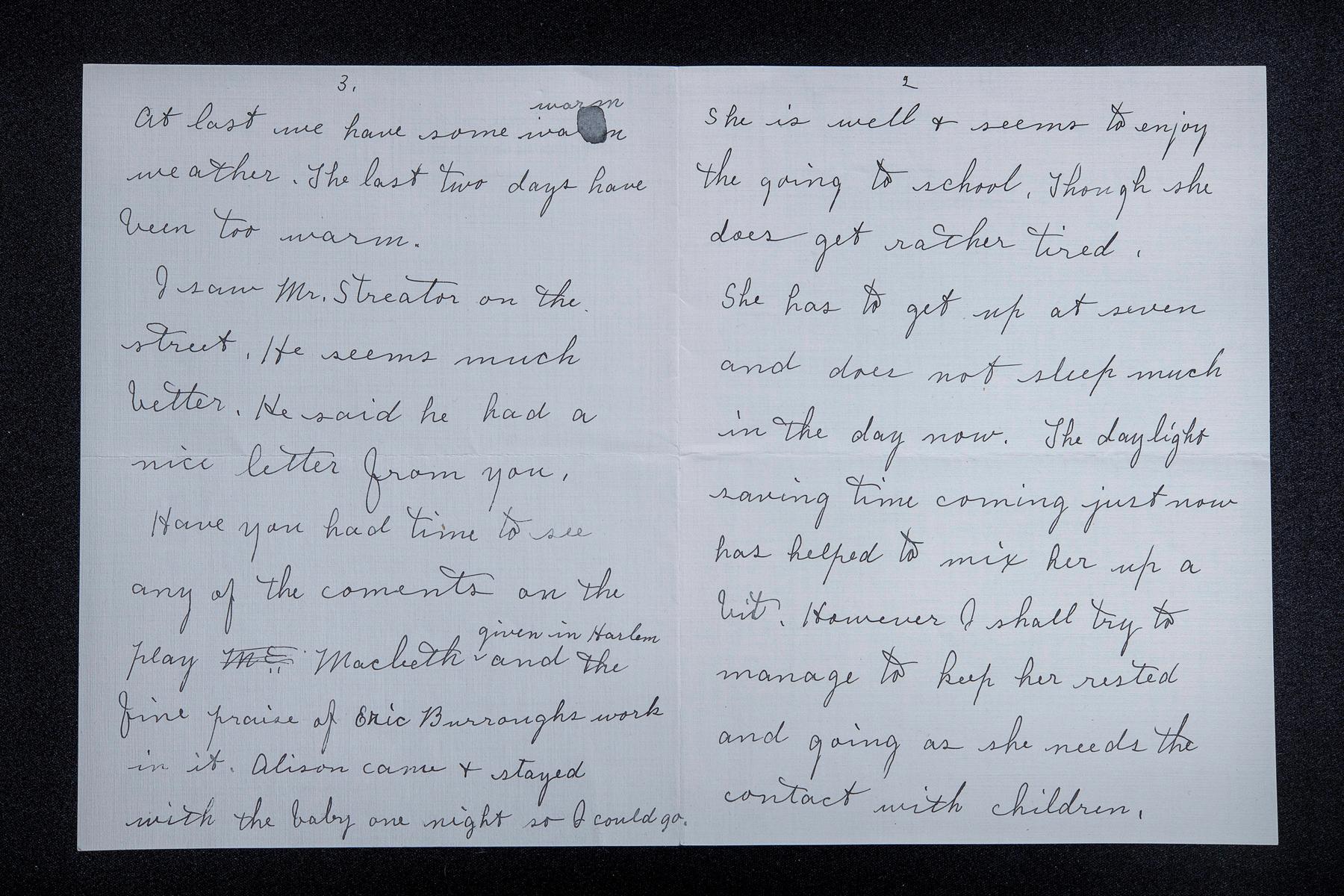This year marks the 400th anniversary of the publication of the First Folio of William Shakespeare’s plays (1623). At the W.E.B. Du Bois Library and Kinney Center for Interdisciplinary Renaissance Studies, the Shakespeare Unbound exhibit asks: what happens when Shakespeare appears in fragments or as momentary flashes in history? This campus-wide exhibit explores stories of Shakespeare unbound and rebound, scattered and gathered together into new assemblages across place and time.
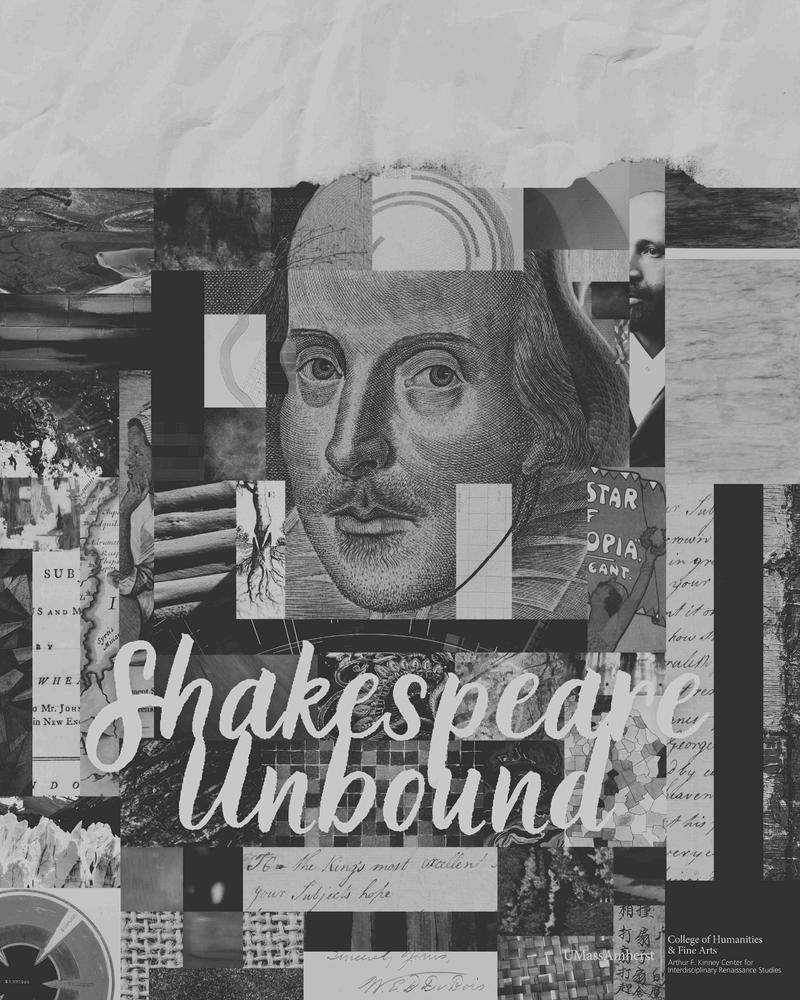
Shakespeare Unbound is made possible through a private collection of rare books generously on loan to the University in honor of the collector’s life-long friendship with former UMass Amherst Professor Pieter Elgers. This extraordinary collection contains extracts from the First Folio and complete copies of the three other early folio editions of the plays (1632, 1663, 1685), along with a diverse array of materials that trace the history of Shakespeare’s plays on page, stage, and film from the Restoration through to the Twentieth Century.
Shakespeare in Print
This exhibit begins here in the Special Collections Reading Room with key early items from the collection, including extracts from the First Folio, the three other early folio editions of Shakespeare, and rare copies of an early quarto edition of a single play and of Shakespeare’s Poems (1640). The First Folio fragments, from “disbound” copies of Shakespeare’s 1623 volume, provide the exhibit with its organizing concept of binding and unbinding.
Shakespeare begins as a writer bound to his place and time (and in the pages of these folio volumes), but over time his works were increasingly unbound: unbound by time, by geography, by culture, by artistic medium. The exhibit continues downstairs on the ground floor of the library, where selections from the Robert S. Cox Special Collections and University Archives Research Center, including the works of W.E.B. Du Bois, Phillis Wheatley, and others, are joined in conversation with William Shakespeare to show the ways these plays have spoken down the centuries to other writers, thinkers, readers, and audiences.
Early Influences in America
Before Shakespeare arrived as literature into America, Shakespeare’s English was informing trans-Atlantic ideas of settler colonialism, gender relations, and forms of poetic expression. Initially, Shakespeare-in-print was imported from England but New England was able to claim him for their own with the first North American publication of Hamlet, printed in 1794. Women’s publications in print increased exponentially over the 17th century when we witness a great burgeoning in the volume of poetry published by women. At the same time, the traditions of poetry, made widely popular in part by Shakespeare’s works, became increasingly within reach for American women poets of the 17th and 18th centuries and reflected their own experiences. Poet Phillis Wheatley, at age 20, was educated in British as well as Greek and Roman classical literature. Though enslaved, while living in Boston she became the first American person of African descent to be published in 1773.
W.E.B. Du Bois & Playwriting
Writer, sociologist, activist and co-founder of the NAACP, international spokesperson for peace and the rights of oppressed minorities, W.E.B. Du Bois articulated the strivings of African Americans and developed a trenchant analysis of the “problem of the color line” in the twentieth century. Noted for his monumentally prolific and melodious prose, he also wrote plays and poetry. Considering Hamlet among his favorite works, Du Bois was inspired by his classical education in the ancient Greeks and Romans plus authors from the Renaissance and Enlightenment. His own fictional works, such as The Star of Ethiopia, emphasize the proud, ancestral homeland of Africa and promises of political and creative liberation for African Americans once America reaches beyond the “color line”.
Othello
“Speak of me as I am, ” Othello appeals at the end of a tragedy featuring his heroic efforts to embrace the possibility of interracial love. A proud Moorish general in love with a white woman, Othello slowly b t doubt when stirred on by the evil Iago, l k actors in
African American actors and playwrights are at the forefront of confronting the racism of this play and exploring possibilities for the black actor’s resistance to the histories of racism that link Othello’s story to our contemporary moment.
Macbeth
Featuring witchcraft, prophecy, and murder, Macbeth has been staged and depicted many ways. Abraham Lincoln once wrote to his favorite actor, James H. Hackett, “Some of Shakespeare’s plays I have never read, while others I have gone over perhaps as frequently as any unprofessional reader. Among the latter are Lear, Richard Third, Henry Eighth, Hamlet, and especially Macbeth. I think nothing equals Macbeth It is wonderful.” In this display case, you’ll discover both a haunting moment in the play linked to the assassination of Lincoln and images of Orson Welles’ production of Macbeth, featuring an all-Black cast in Harlem. In a letter dated May 1936, W.E.B. Du Bois’ wife Nina writes asking if Du Bois has seen the reviews of the Macbeth staging in Harlem. Reimagined in a Haitian setting, this revolutionary production came to be known as “Voodoo” Macbeth.
CURATORS
MarjorieRubright
JosephBlack
KirstinKay
SPECIALTHANKSTOOURADVISORYBOARDMEMBERS
LizFox,PhD
Arts&AcademicProgramsCoordinator
KinneyCenter
JeffGoodhind Librarian
KinneyCenter
EvanMacCarthy FiveCollegeVisitingAssociateProfessor DepartmentofMusicandDance,UMass
SarahPatterson AssistantProfessor DepartmentofEnglish,UMass
AaronRubinstein HeadofSpecialCollections&UniversityArchives
W.E.B.DuBoisLibrary
DebapriyaSarkar AssistantProfessor DepartmentofEnglish,UConn
JustinShaw AssistantProfessor DepartmentofEnglish,ClarkUniversity
JimmyWorthy AssistantProfessor DepartmentofEnglish,UMass
AdamZucker AssociateProfessor DepartmentofEnglish,UMass
Throughout the 2023-2024 academic year, additional books from this collection will be on display at the Kinney Center and in the Du Bois Library as part of the Shakespeare Unbound campuswide exhibit Future exhibitions at the Kinney Center will focus on a wide variety of themes, including: Shakespeare and the Renaissance of the Earth (Fall 2023) and Shakespeare in the Age of Mass Incarceration (Spring 2024).
For a complete online catalog of this exhibit, please visit our Shakespeare Unbound website:
